[FIBRES] Bluefaced Leicester - BFL
- Monika
- Knowldege
- 0 likes
- 2326 views
- 0 comments
![[FIBRES] Bluefaced Leicester - BFL](/modules/ph_simpleblog/featured/5.png)
FACTS:
Fleece weight: 1-2 kg
Yield: 75-80%
Staple length: 7,5 – 15 cm
Fibre diameters: 24-28 microns

Bluefaced Leicester breed is relatively new. In the early twentieth century, breeders in Northumberland began selecting for the blue faces. It sometimes is known as the “Hexham Leicester”. Bluefaced Leicester comes in direct descent from the Leicester Longwools - this breed has been around since the 1790s.
Nowadays fibre artists use this wool frequently enough to refer to it in shorthand as BFL.
Sheep appearance:
This breed has a characteristic Roman nose and a blue-skinned head showing through white hair. It is well known for standing tall and proud with alert eyes and long upright ears.
Fleece:
The fleece has a springy appearance. Extremely distinctive, spiralling with bouncy locks. The fibre is fine, lustrous, silky and a longwool. BFL is one of the most predictable fleeces because of fibre length, micron count or grade and fleece weight. It is incredibly versatile wool. Durable and fine enough not to be scratchy. The wool holds up well to intense wear. It is also soft enough to be comfortable next to the skin.
BFL is beautifully shiny that dyes create shimmering colours. It takes colours well and clearly. Natural colours are mostly white. Recessive black gene shows up to produce individuals with grey and black fleeces.
Less experienced spinners might start with the commercially prepared top. It’s a good idea to loosen the top before spinning. The fibre will flow smoothly. The fleece is a little challenging for beginners. Shorter staple lengths might be carded. You can also comb it. If necessary you can flick the solidified grease ends before combing.
BFL blends well with other fibres. We adore a combination with silk. BFL lends a touch of resilience to yarns, drape and natural lustre. Presently Bluefaced Leicester is rather easy to buy. In WEAVING GALLERY you can find pure BFL yarn and blends with silk. It is adorable wool for knitting, crocheting and weaving.
We want to call your attention to the other natural sources. From the most common plants’ fibres, such as cotton, hemp or flax to the other fibres, like pineapple, sisal, nettle. In the upcoming post, we want to focus on animal fibres, but in the futures, we will definitely come back to the other natural sources. Keep your eyes peeled!
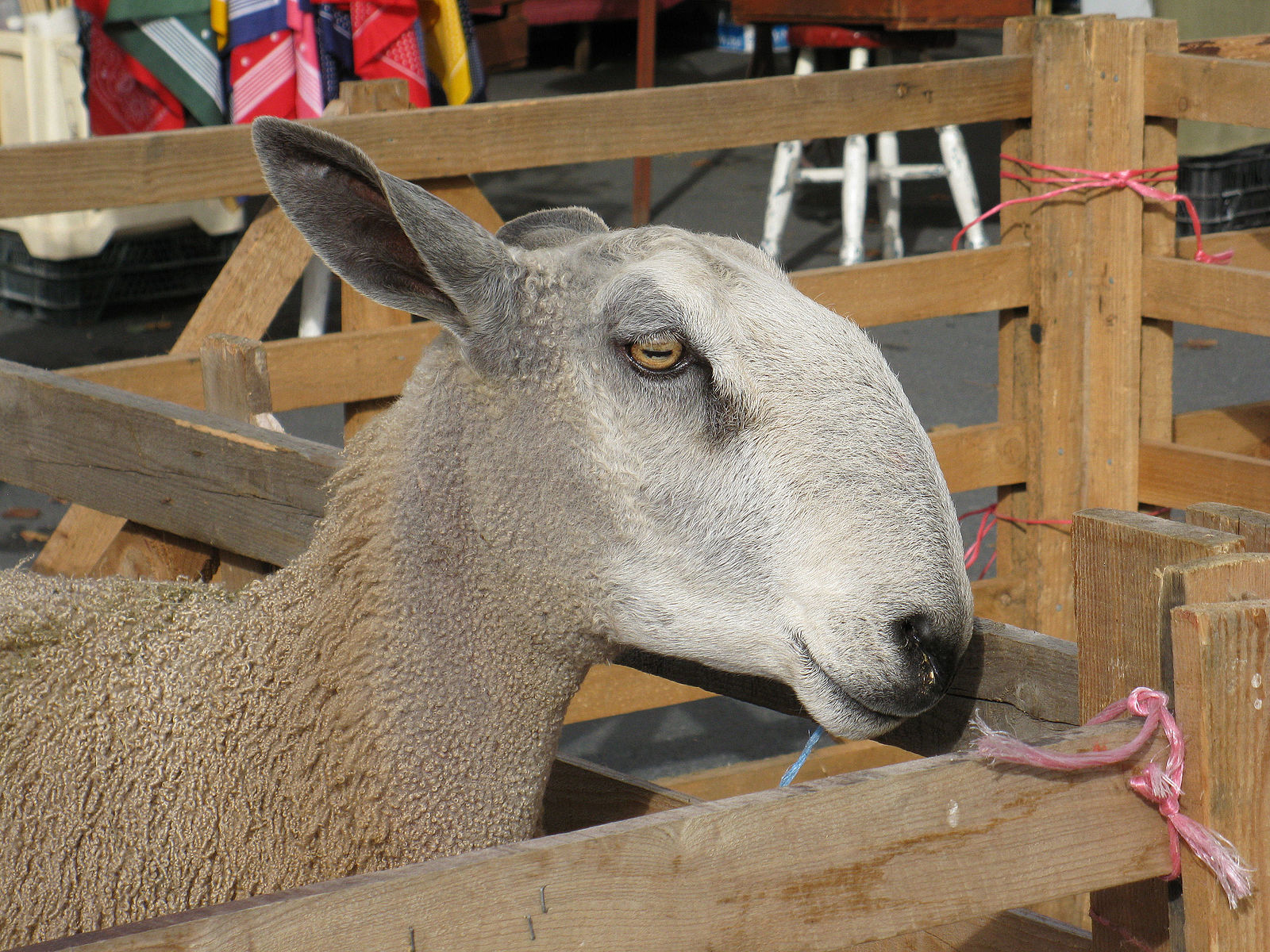
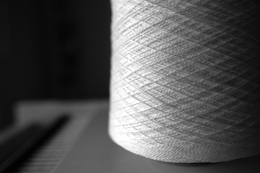
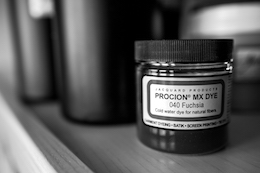
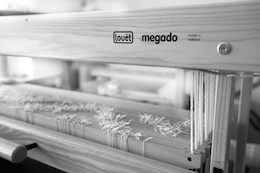

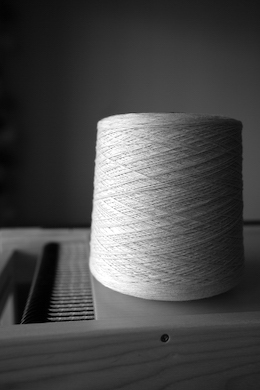





Comments (0)